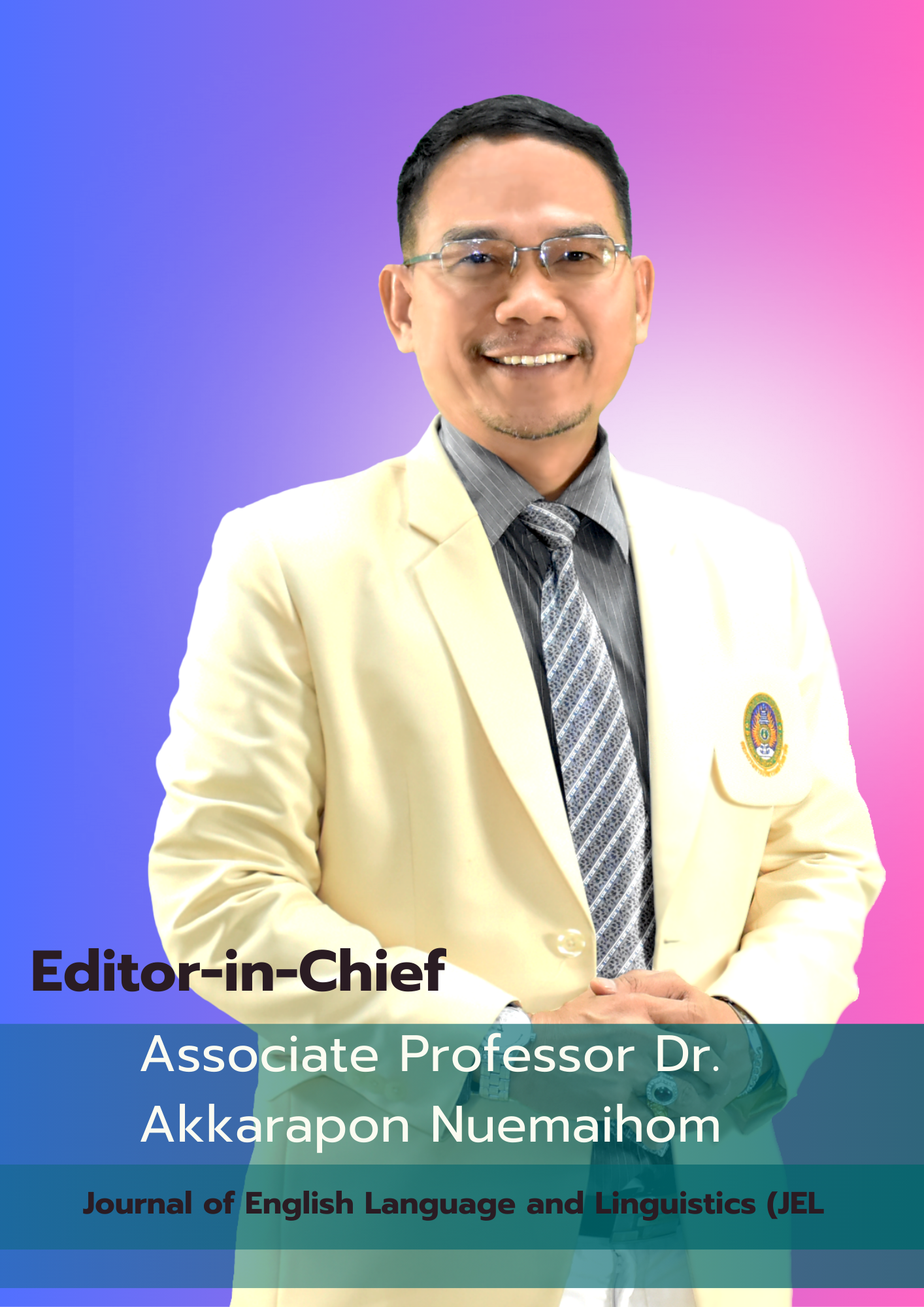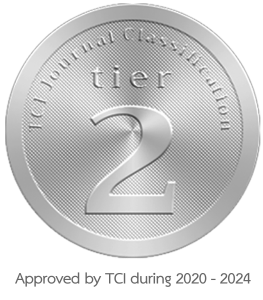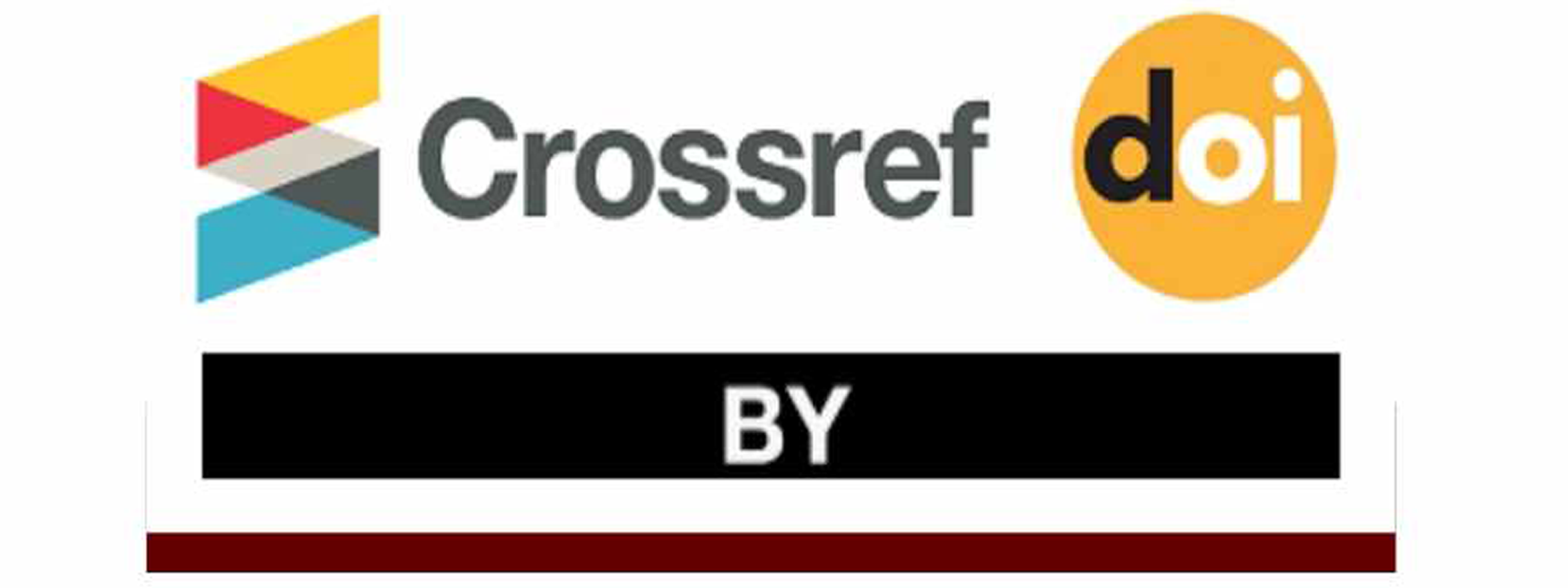Comparative analysis of transition use in ELT research introductions: Thai versus international authors
DOI:
https://doi.org/10.62819/jel.2024.440Keywords:
academic discourse, ELT research, research article introduction (RAI), rhetorical moves, transitionsAbstract
Exploring how academic writing styles differ across cultures provides additional insights into scholarly communication practices. This study therefore investigated the use of transition markers in the Introduction sections of ELT research articles written by Thai and international authors, aiming to uncover the differences on their academic writing. Using a mixed-methods approach, the research analyzed 50 introductions from two reputable Scopus-indexed journals, focusing on the frequency and types of transitions employed in the primary move structure based on Swales’ CARS model (2004): Move 1: Establishing a Territory, Move 2: Establishing a Niche, and Move 3: Presenting the Present Work. The findings revealed that Thai authors (TA) utilize transition markers more extensively, emphasizing explicit connections to enhance clarity and coherence. Conversely, international authors (IA) demonstrate a preference for a minimalistic approach, using fewer transitions and relying more on reader inference. The study highlights significant rhetorical and stylistic differences influenced by educational and cultural backgrounds. The study offers insights for designing targeted academic writing instruction to accommodate diverse rhetorical preferences in global scholarly discourse.
References
Anthony, L. (1999). Writing research article introductions in software engineering: How accurate is a standard model? Professional communication. IEEE Transactions, 42(1), 38–46.
Anthony, L. (2023). AntConc (Version 4.2.4) [Computer Software]. Tokyo, Japan: Waseda University. Retrieved from https://www.laurenceanthony.net/software
Bennett, K. (2012). English academic style manuals: A survey. Journal of English for Academic Purposes, 11(2), 123-133. https://doi.org/10.1016/j.jeap.2008.12.003
Biber, D., Johansson, S., Leech, G., Conrad, S., & Finegan, E. (1999). Longman Grammar of Spoken and Written English. Pearson Education.
Björkman, B. (2013). English as an academic lingua franca: An investigation of form and communicative effectiveness (Vol. 3). Walter de Gruyter.
Bunton, D. (2002). Genre moves in Ph.D. thesis introductions. In J. Flowerdew (Ed.), Academic discourse (pp. 57e75). Harlow: Longman.
Canagarajah, S. (2002a). A Geopolitics of Academic Writing. University of Pittsburgh Press.
Canagarajah, S. (2002b). Multilingual writers and the academic community: Towards a critical relationship. Journal of English for academic purposes, 1(1), 29-44. https://doi.org/10.1016/S1475-1585(02)00007-3
Canagarajah, S. (2022). Language diversity in academic writing: toward decolonizing scholarly publishing. Journal of Multicultural Discourses, 17(2), 107-128. https://doi.org/10.1080/17447143.2022.2063873
Cao, F., & Hu, G. (2014). Interactive metadiscourse in research articles: A comparative study of paradigmatic and disciplinary influences. Journal of Pragmatics, 66, 15-31. https://doi.org/10.1016/j.pragma.2014.02.007
Chahal, D. (2014). Research article introductions in cultural studies: A genre analysis exploration of rhetorical structure. Journal of Teaching English for Specific and Academic Purposes, 2(1), 1-20.
Chen, Y. (2009). Asian texts in English translation: Rhetorical features and disciplinary cultures. Journal of English for Academic Purposes, 8(4), 264-276.
Cheung, Y. L., & Lau, L. (2020). Authorial voice in academic writing. Ibérica, (39), 215-242.
Connor, U., Ene, E., & Traversa, A. (2016). Intercultural rhetoric. In The Routledge handbook of English for academic purposes (pp. 270-282). Routledge.
Farnia, M., & Barati, S. (2017). Writing introduction sections of research articles in applied linguistics: Cross-linguistic study of native and non-native writers. Indonesian Journal of Applied Linguistics, 7(2), 486-494.
Flowerdew, J. (2022). Models of English for research publication purposes. World Englishes, 41(4), 571-583. https://doi.org/10.1111/weng.12606
Gaillet, L. L., & Guglielmo, L. (2014). Scholarly publishing in a changing academic landscape: Models for success. New York: Palgrave Macmillan.
Gardner, S., & Han, C. (2018). Transitions of Contrast in Chinese and English University Student Writing. Educational Sciences: Theory and Practice, 18(4), 861-882.
Hinds, J. (1987). "Reader versus writer responsibility: A new typology." In U. Connor & R. B. Kaplan (Eds.), Writing Across Languages: Analysis of L2 Text (pp. 141-152). Addison-Wesley.
Hirano, E. (2009). Research article introductions in English for specific purposes: A comparison between Brazilian Portuguese and English. English for Specific Purpose, 28(4), 240–250. https://doi.org/10.1016/j.esp.2009.02.001
Hyland, K. (2005). Metadiscourse: Exploring Interaction in Writing. Continuum.
Hyland, K. (2010). Metadiscourse: Mapping interactions in academic writing. Nordic Journal of English Studies.
Hyland, K., & Tse, P. (2004). Metadiscourse in academic writing: A reappraisal. Applied linguistics, 25(2), 156-177. https://doi.org/10.1093/applin/25.2.156
Hyland, K., Wang, W., & Jiang, F. K. (2022). Metadiscourse across languages and genres: An overview. Lingua, 265, 103205. https://doi.org/10.1016/j.lingua.2021.103205
Kawase, T. (2018). Rhetorical structure of the introductions of applied linguistics PhD theses. Journal of English for Academic Purposes, 31, 18-27. https://doi.org/10.1016/j.jeap.2017.12.005
Kim, Y., & Lim, J. (2016). Rhetorical structure and persuasive language in the subgenre of online advertisements. English for Specific Purposes, 41, 1-16.https://doi.org/10.1016/j.esp.2013.10.002
Kirkpatrick, A. (2011). World Englishes: Implications for International Communication and English Language Teaching. Cambridge University Press.
Lee, Y., Jang, B. G., & Conradi Smith, K. (2021). A systematic review of reading engagement research: What do we mean, what do we know, and where do we need to go?. Reading Psychology, 42(5), 540-576.
Mauranen, A. (1993). Cultural differences in academic rhetoric: A textlinguistic study. Peter Lang.
Mauranen, A., Hynninen, N., & Ranta, E. (2016). English as the academic lingua franca. In The Routledge handbook of English for academic purposes (pp. 44-55). Routledge.
Mauranen, A., Pérez-Llantada, C., & Swales, J. M. (2020). Academic Englishes: A standardised knowledge?. In The Routledge handbook of world Englishes (pp. 659-676). Routledge.
McNamara, D. S. (2021). If integration is the keystone of comprehension: Inferencing is the key. Discourse Processes, 58(1), 86-91.
Moreno, A. I. (2004). “Retrospective labeling in premise-conclusion metatext: An English-Spanish contrastive study of research articles.” English for Specific Purposes, 23, 321-337. https://doi.org/10.1016/j.jeap.2004.07.005
Mur-Dueñas, P. (2007). “An intercultural analysis of metadiscourse features in research articles written in English and in Spanish.” Journal of Pragmatics, 39, 1138-1151.https://doi.org/10.1016/j.pragma.2011.05.002
Nicholson, J. D., LaPlaca, P., Al-Abdin, A., Breese, R., & Khan, Z. (2018). What do introduction sections tell us about the intent of scholarly work: A contribution on contributions. Industrial Marketing Management, 73, 206-219.
https://doi.org/10.1016/j.indmarman.2018.02.014
Ozturk, I. (2007). The textual organization of research article introductions in applied linguistics: Variability within a single discipline. English for Specific Purposes, 26(1), 25-38. https://doi.org/10.1016/j.esp.2005.12.003
Petcharinphan, R., (2020). The effects of the integrated inductive approach on GCR task and DDL in enhancing Thai EFL learners' logical connector knowledge. Master Thesis, Mahasarakham University.
Sawaki, T. (2023). High use of direct questions and relative absence of promotional intention in Japanese peer-reviewed research article introductions compared to their English counterparts. English for Specific Purposes, 69, 19–32.
https://doi.org/10.1016/j.esp.2022.09.002
Sheldon, E. (2011). Rhetorical differences in RA introductions written by English L1 and L2 and Castilian Spanish L1 writers. Journal of English for Academic Purposes, 10(4), 238–251. https://doi.org/10.1016/j.jeap.2011.08.004
Soltani, K., & Kuhi, D. (2022). Writer responsibility across sections of research articles: Recycling of directional determinants by English and Iranian academics. Journal of English for Academic Purposes, 60, 101191. https://doi.org/10.1016/j.jeap.2022.101191
Swales, J. M. (1990). Genre Analysis: English in Academic and Research Settings. Cambridge University Press.
Swales, J. M. (2004). Research genres: Explorations and applications. Cambridge University Press.
Swales, J., & Feak, C. (2012). Academic Writing for Graduate Students: Essential Skills and Tasks. University of Michigan Press.
Tanskanen S. K. (2006). Collaborating towards Coherence: Lexical Cohesion in English Discourse. Amsterdam: John Benjamins.
Tanawong, P. (2014). The relationship between cohesion and coherence in writing: The case of Thai EFL students. Doctoral dissertation. Srinakharinwirot University.
Thomas, D. (2017). Writing Clearly, Concisely and Coherently. In The PhD Writing Handbook (pp. 116-127). Palgrave, London.
Thompson, G. (2011). Interaction and epistemic stance in the university seminar. Journal of English for Academic Purposes, 10(3), 134-146.
Wang, W., & Yang, C. (2015). Claiming centrality as promotion in applied linguistics research article introductions. Journal of English for Academic Purposes, 20, 162–175.https://doi.org/10.1016/j.jeap.2015.05.002
Wheeler, M. A., Vylomova, E., McGrath, M. J., & Haslam, N. (2021). More confident, less formal: Stylistic changes in academic psychology writing from 1970 to 2016. Scientometrics, 126, 9603-9612.
Wu, X., Mauranen, A., & Lei, L. (2020). Syntactic complexity in English as a lingua franca academic writing. Journal of English for Academic Purposes, 43, 100798. https://doi.org/10.1016/j.jeap.2019.100798



















